Discover the Best willow Plants varieties for basket weaving in Texas, including Black Willow, Coyote Willow, and Prairie Willow. Expert tips on growing, harvesting, and weaving techniques. Updated for 2024.
The best willow plants for basket weaving in Texas include Black Willow (Salix nigra), Coyote Willow (Salix exigua), and Prairie Willow (Salix humilis). These native species thrive in Texas’s climate, produce flexible rods ideal for weaving, and can be sustainably harvested year after year. Black Willow is particularly recommended for beginners due to its rapid growth and excellent weaving properties.
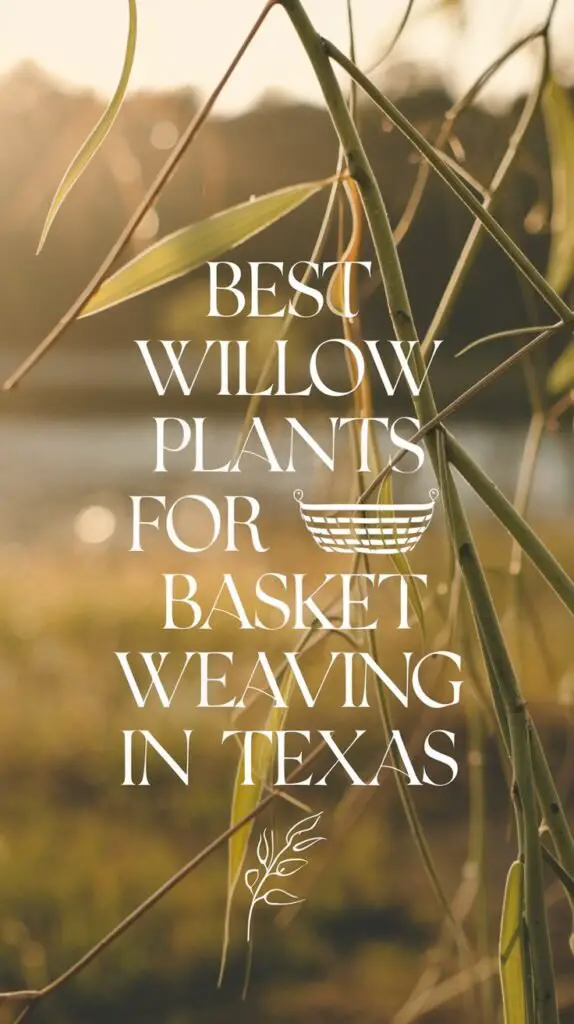
Hello, I’m Ashley Scott, a professional basket weaver and horticulturist with over 15 years of experience growing and working with willows in Texas. Today, I’ll share my expertise on selecting and growing the best willow varieties for basket weaving in our unique Texas climate.
Top Willow Plants Varieties for Texas Basket Weaving
1. Black Willow (Salix nigra)
The champion of Texas basket making, Black Willow offers:
- Native adaptability to Texas climate
- Fast-growing, reaching 15-20 feet within 5 years
- Flexible rods ideal for beginners
- Excellent rot resistance
Learn more about Black Willow characteristics from the Lady Bird Johnson Wildflower Center.
2. Coyote Willow (Salix exigua)
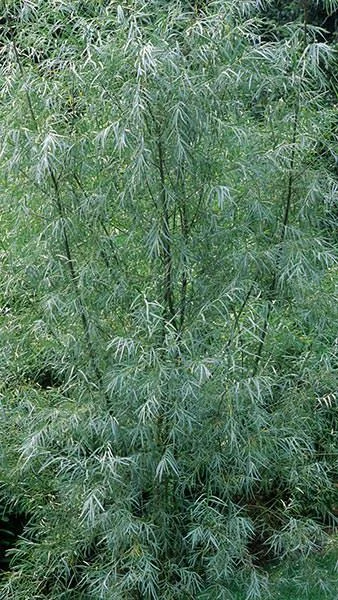
Perfect for fine weaving projects:
- Drought-tolerant once established
- Produces slender, pliable rods
- Ideal for detailed work
- Natural pest resistance
3. Prairie Willow (Salix humilis)
Excellent for small spaces:
- Compact growth habit
- Drought-resistant
- Perfect for ornamental baskets
- Low maintenance
Visit the USDA Natural Resources Conservation Service for detailed growth requirements of these species.
Growing Conditions in Texas
Climate Considerations
Different regions of Texas require different approaches:
- North Texas: Plant in early spring, provide wind protection
- Central Texas: Ensure adequate water during summer months
- East Texas: Natural conditions ideal for most willow varieties
- West Texas: Select drought-resistant varieties, provide afternoon shade
Soil Requirements
- Well-draining soil with pH 6.0-7.0
- Regular organic matter incorporation
- Mulch to retain moisture
For soil testing services, visit the Texas A&M AgriLife Extension.
Sustainable Harvesting Practices
Best Harvesting Times
- Winter (December-February) for bare rods
- Spring (March-April) for bark-on weaving
- Summer (June-July) for living willow projects
Harvesting Techniques
- Cut at 45-degree angle
- Leave 6 inches above ground
- Remove side branches
- Bundle and store properly
Preparing Willows for Weaving
Processing Methods
- Fresh Willow
- Use immediately after harvesting
- Best for living willow projects
- Requires more strength to weave
- Brown Willow
- Dried naturally with bark on
- Rich, natural colors
- Ideal for decorative baskets
- White Willow
- Stripped and dried
- Traditional appearance
- Most flexible after soaking
Starting Your Willow Garden
Planning Your Space
- Minimum area: 100 square feet
- Full sun location
- Access to water source
- Buffer from structures
Planting Instructions
- Prepare soil in late winter
- Space plants 2-3 feet apart
- Water deeply after planting
- Mulch to retain moisture
Maintenance and Care
Year-Round Care Calendar
- Spring: Fertilize and monitor new growth
- Summer: Deep watering and pest monitoring
- Fall: Reduce watering, prepare for dormancy
- Winter: Harvest and prune
Learn more about willow care from the Texas Native Plants Database.
Common Challenges in Texas
Problem Solutions
- Heat Stress
- Provide afternoon shade
- Mulch heavily
- Deep watering schedule
- Pests
- Monitor for willow beetles
- Encourage beneficial insects
- Use organic pest control methods
Weaving Techniques for Texas Willows
Basic Techniques
- Random weave
- French randing
- Three-rod waling
- Fitching
For detailed weaving instructions, visit the National Basketry Organization.
Advanced Growing Tips
Maximizing Yield
- Regular pruning
- Proper spacing
- Soil amendments
- Irrigation systems
Conclusion
Growing willows for basket weaving in Texas requires understanding of both local conditions and proper cultivation techniques. By selecting appropriate varieties and following proper care guidelines, you can establish a sustainable source of weaving materials for years to come.
For more gardening tips and plant care guides, visit usagardenhub.com.

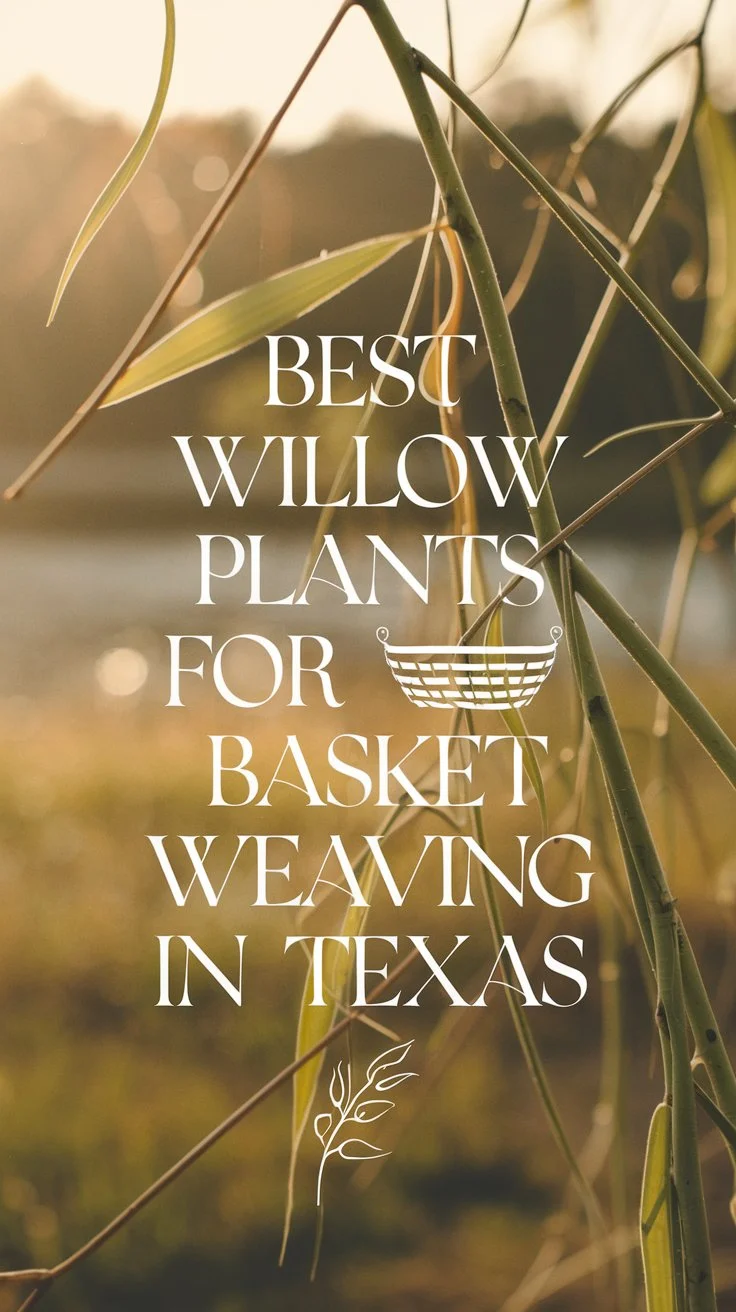
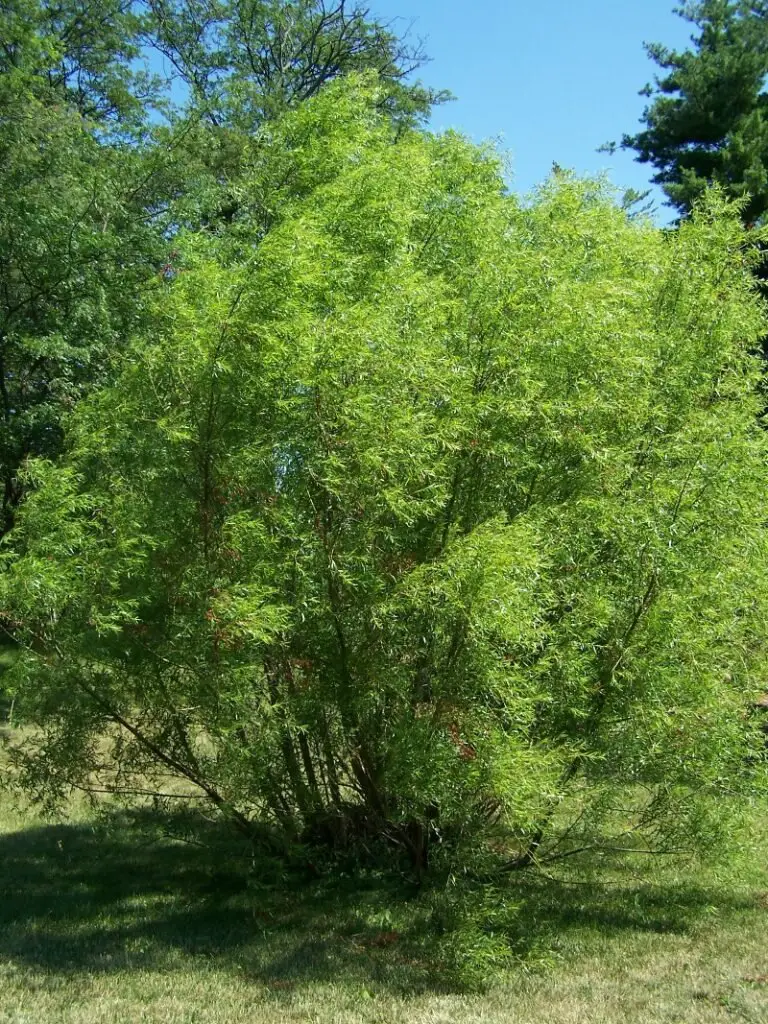
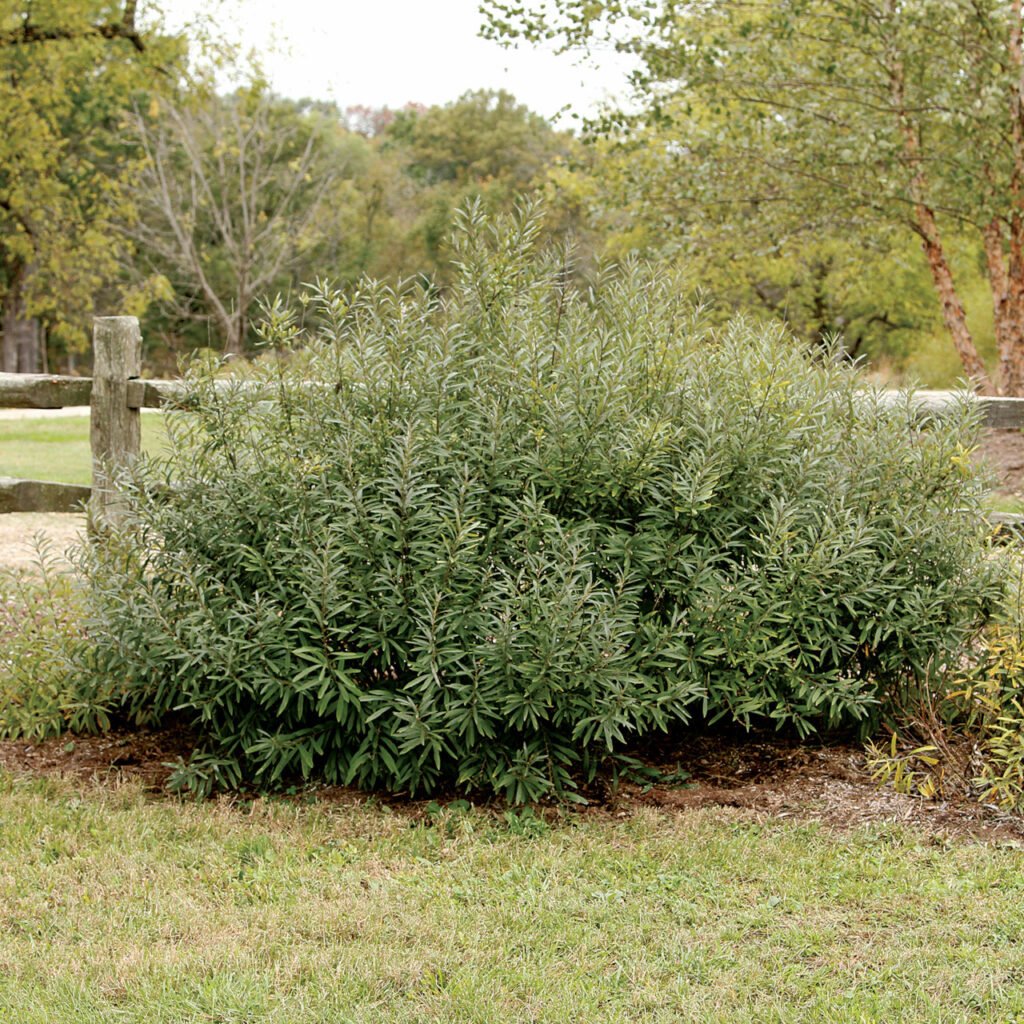


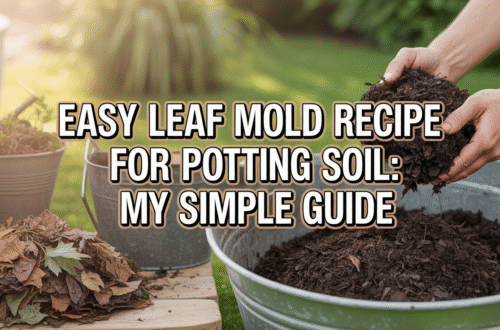
One comment on “Best Willow Plants for Basket Weaving in Texas”